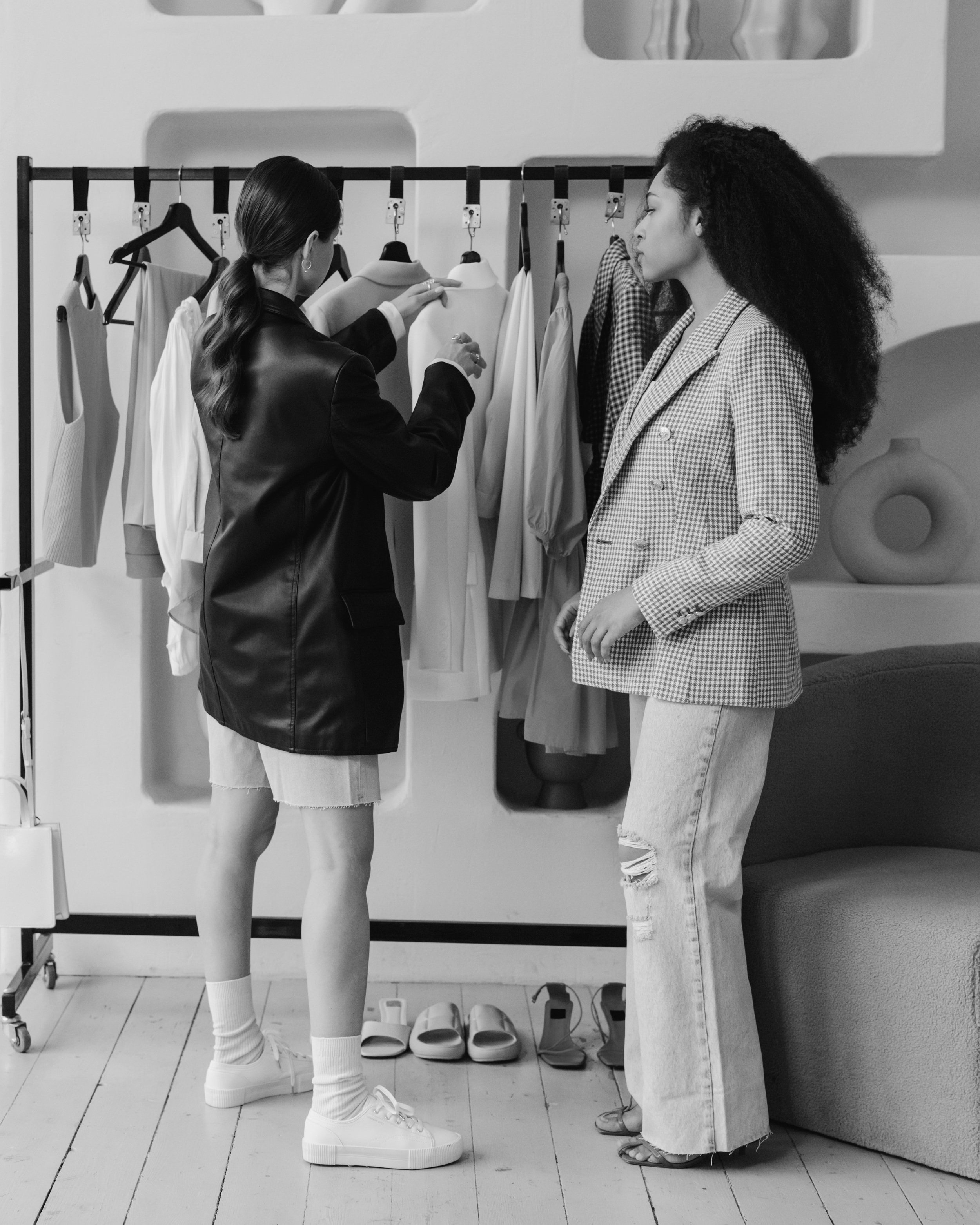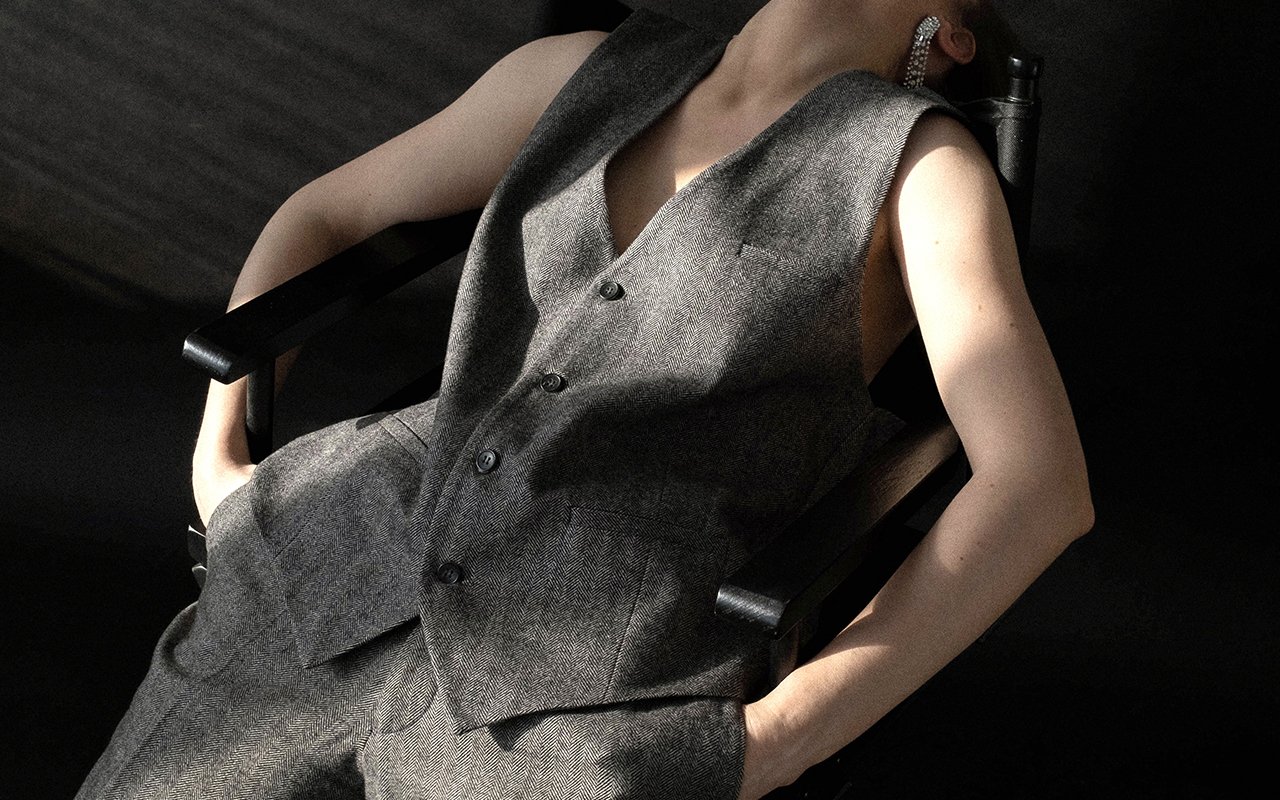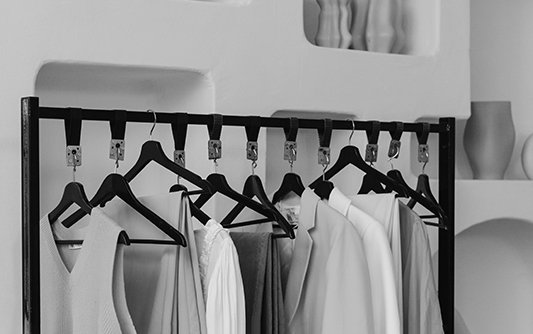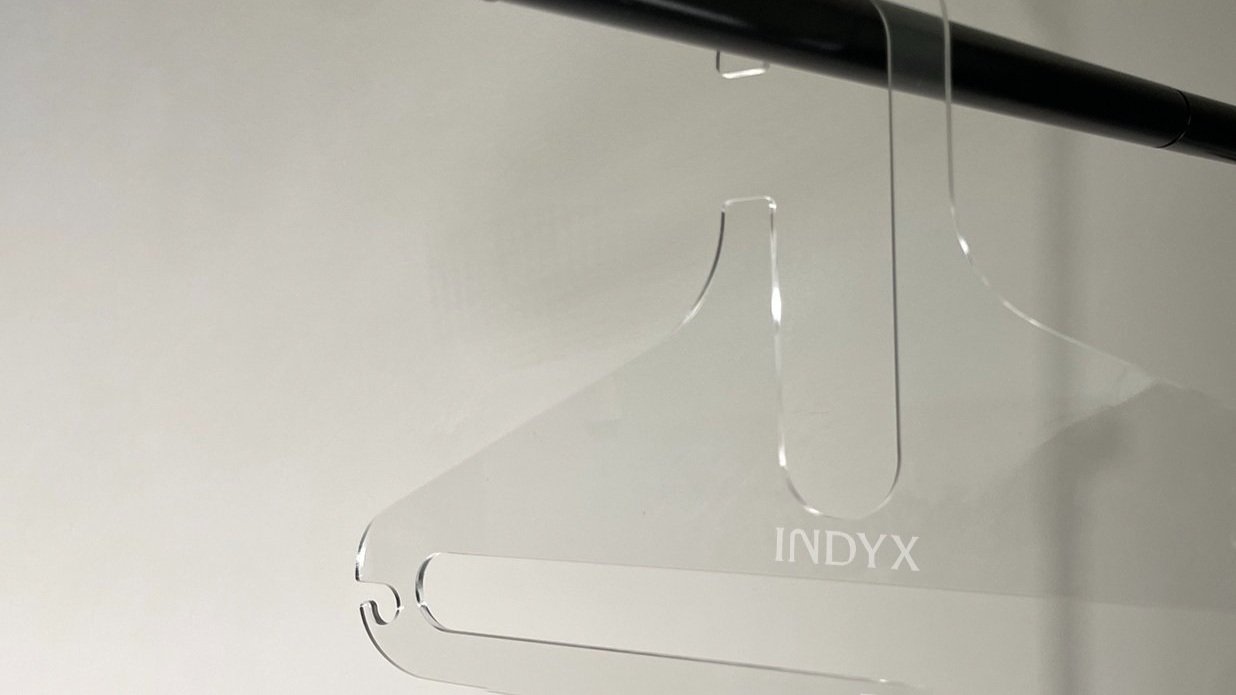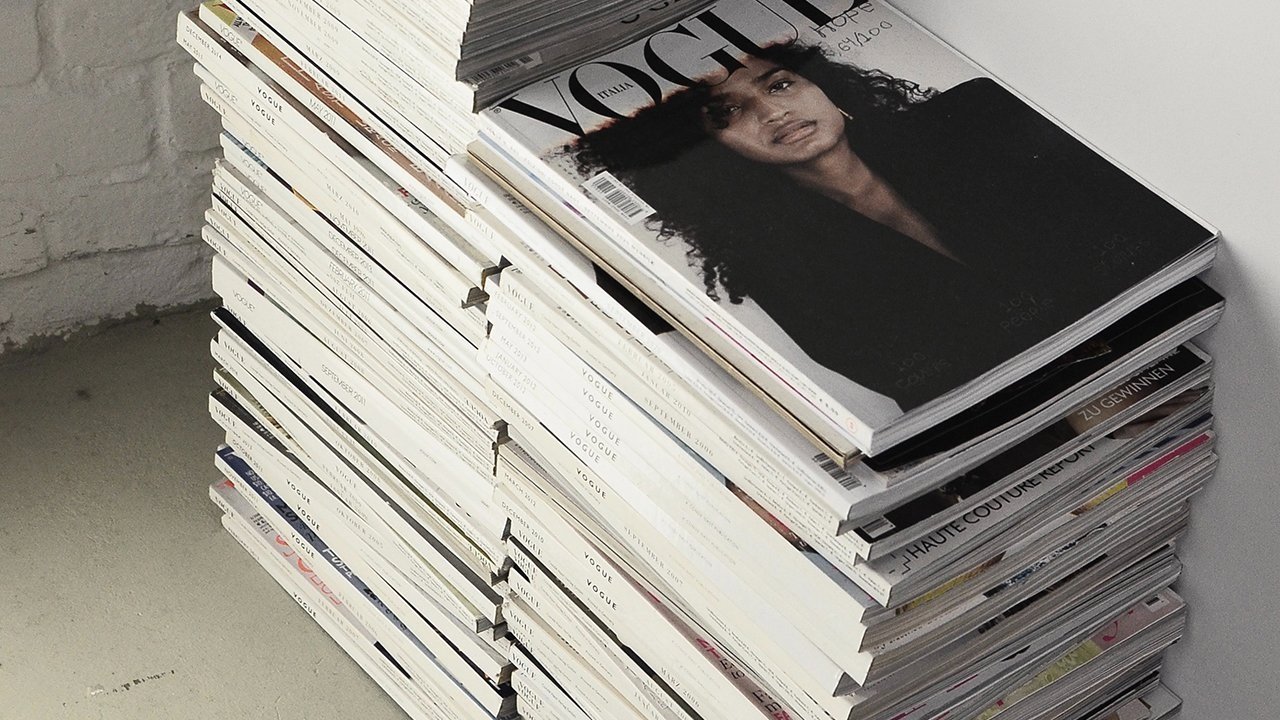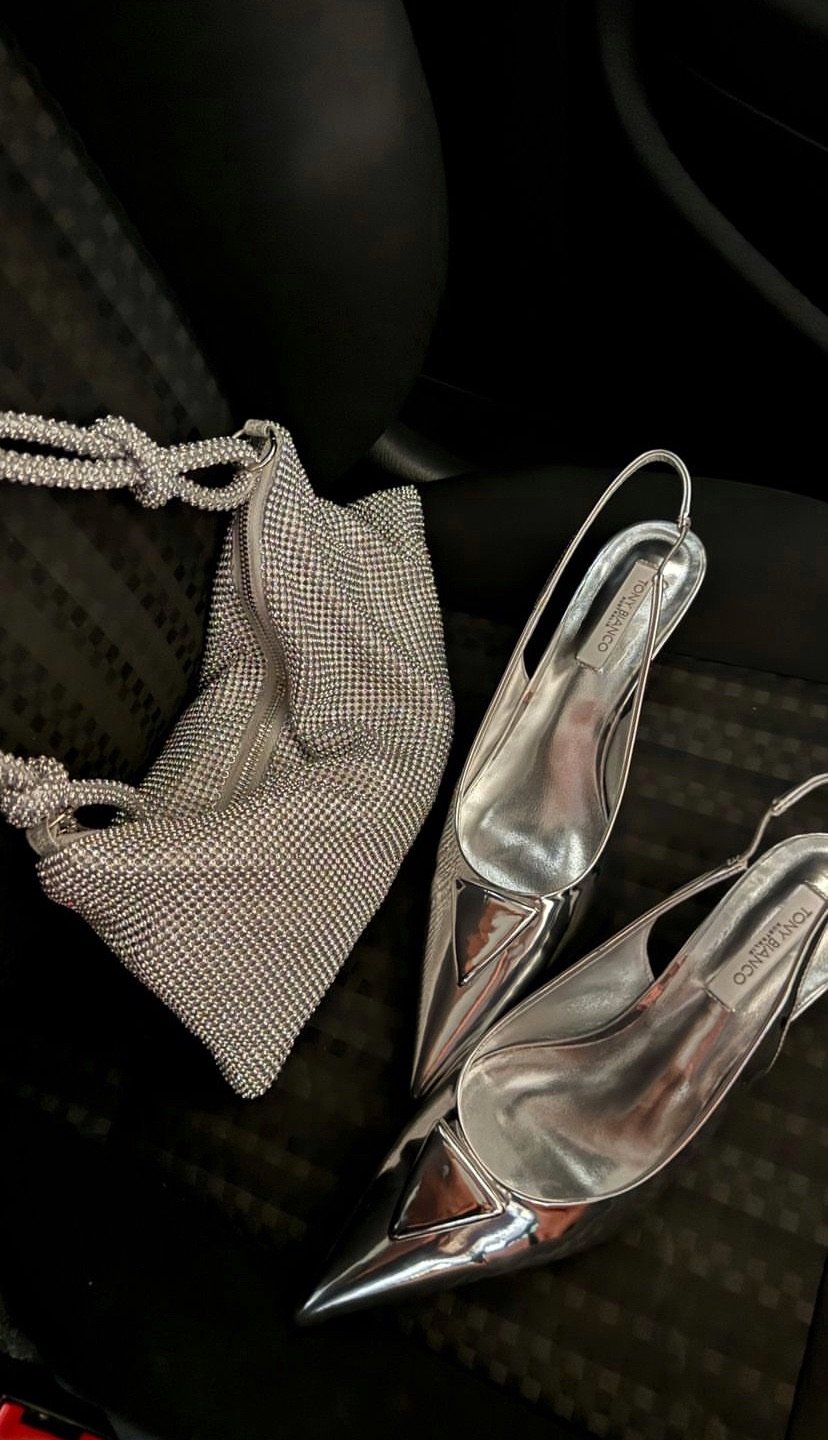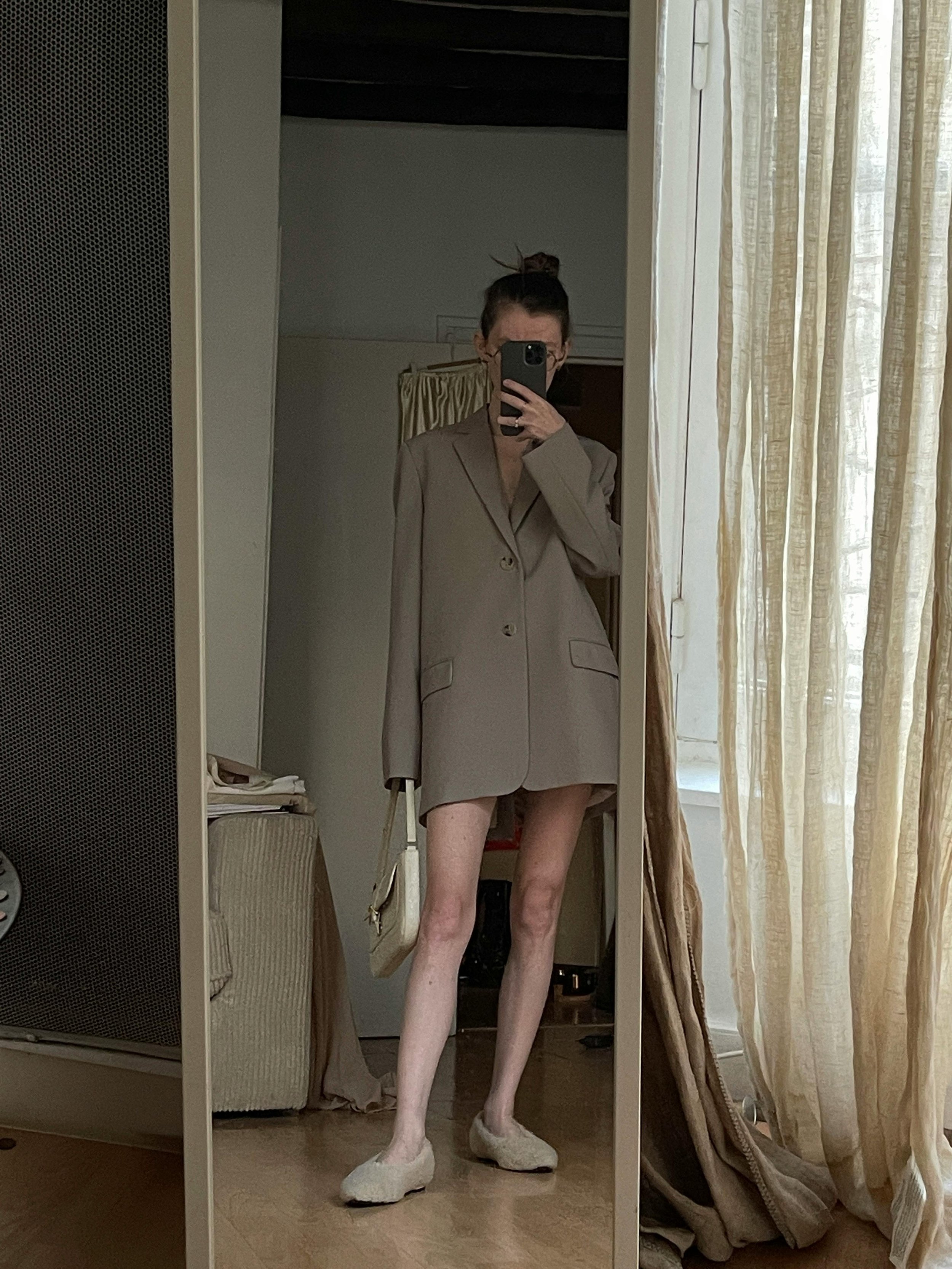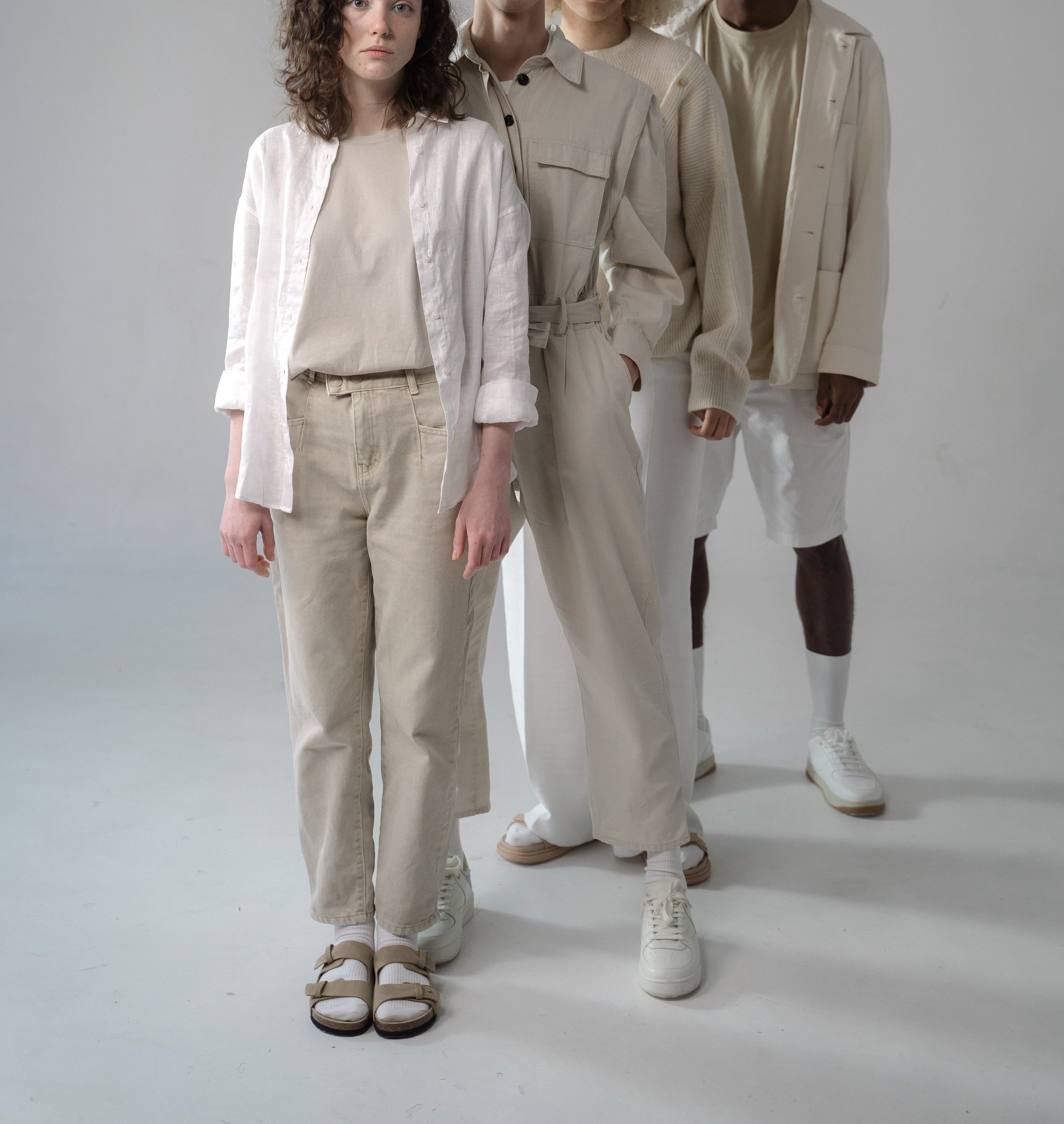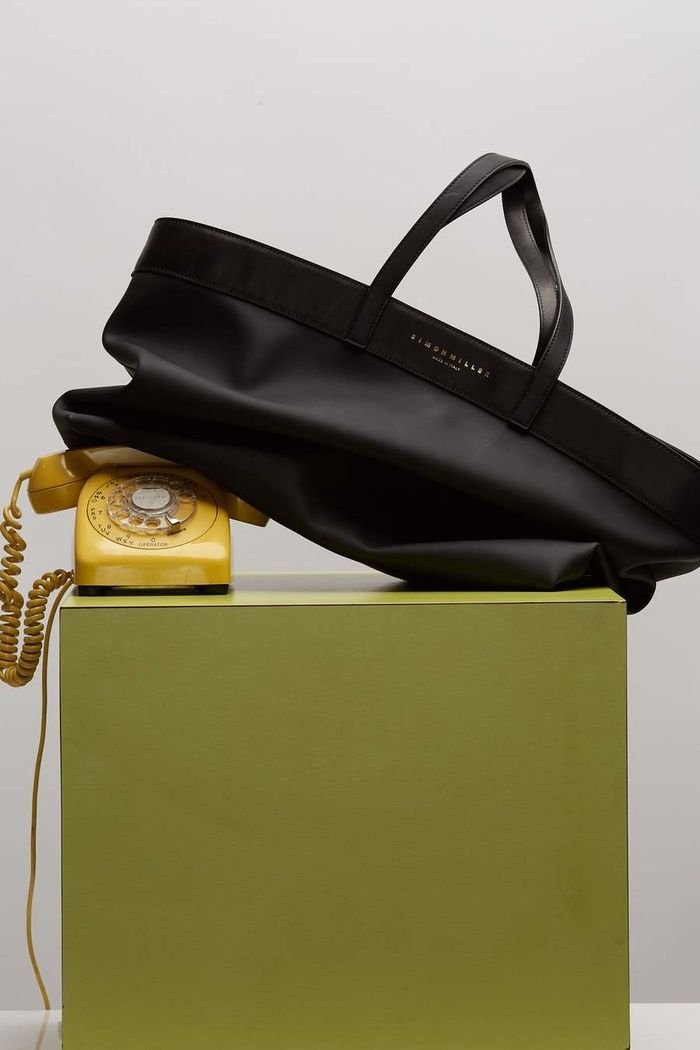How to Decide What To Keep, Donate, or Sell (And Do It Sustainably!)
While editing down what we own comes naturally to some of us, parting ways with our possessions can be a stressful concept for others. This is especially true when it comes to our clothing , which can be deeply tied to specific memories or our sense of self.
How should you decide what to remove from your closet?
How do you know you won’t regret it?
Is it worth selling or should I just donate?
In this guide, we will share our perspective on each of these questions so that you too can be a Pro at responsibly curating your wardrobe.
Step 1: To Keep, or Not To Keep
You need to start out by deciding what to keep and what you want to pass on to someone else. There are two key questions to consider:
Are you wearing it?
We’ve all done it: even if you’re not wearing something, it is so easy to keep it “just in case”. If you have the physical space in your closet to store it, what’s the harm?
But the reality is that all these items take up not only physical but also mental space in your life. The just-in-case scenarios these items are being saved for are often aspirational alternate-reality versions of your life: “in case I lose the weight”, “in case I have a job where I dress up more”, or “in case I take that once-in-a-lifetime trip to Italy”.
Opening your closet and seeing those just-in-case items is just a daily reminder of the life you perhaps wish for, but don’t have. And so while it may not seem like it has a big impact on your psyche, it does. The simplicity and clarity of a closet that matches the life you do have is so worth it.
If you’re having trouble, remember that few things are truly irreplaceable. If that just-in-case scenario does arise, you will be able to buy, borrow, or rent whatever you need at that point in time. When was the last time you were invited to that fancy gala the day-of? There are very few true fashion emergencies, and you might even prefer to be able to shop for something new at that point.
If you are struggling to part ways with some items in your closet, it may be because you’ve grown out of those items but they still hold emotional value to you. It can be hard to let go of something that reminds us of a past version of ourselves. But take pleasure in knowing that you made a purchase that you wore repeatedly, and was such an integral part of your life that you are struggling to let go. Choose just a few items that, in the words of Marie Kondo, “spark joy” to keep and you’ll find passing on the rest to someone else will be a lot easier.
If you are someone who prefers a simple rule to follow, we recommend “The Hanger Method”. After you wear something, you get to flip your hanger the opposite way when you put it back. Any items with the hanger still the wrong way after 6 months need to go.
There is one reason you might decide to keep something even if you’re not wearing it: you like it and it fits your current lifestyle, but you just don’t know *how* to wear it. This is the perfect moment for Indyx styling to come into play! Try experimenting with outfit combinations on your own using the Indyx app, or engage Indyx’s personal styling services to get professional help styling new outfits with that item.
Learn more about what a personal stylist can do for you (hint: it includes editing your closet!), and how Indyx is using technology to make styling more efficient and affordable.
Do you like it?
It sounds counterintuitive, but it’s entirely possible to be wearing items that you don’t actually like. These are usually items you find easy to throw on - they’re versatile - but there is something off about them. They don’t fit quite right, or they’re just *slightly* uncomfortable. Not every item in your wardrobe will be the shining star, and everyone needs versatile basics. But even the basics should be quietly special to you in some way. Our philosophy is that life is too short to be wearing things that we don’t like.
There are some specific practical exceptions, for example a uniform required by your work. But otherwise, the goal is to curate a wardrobe full of things that truly bring you joy to wear.
If there are any items that put you on the fence, ask yourself:
Does it fit my aspirational style? Try mixing and matching with items in your closet that fit your style completely and see how it makes you feel. If it’s a “maybe”, then seriously consider moving on from it. We also recommend nailing down your three style words, which makes it easier to quickly understand whether a certain item fits into the picture or not.
Does it fit my lifestyle? For example, if it requires dry cleaning and you hate going to the dry cleaners then it just isn’t a good choice for you. Perhaps it is too restrictive for you to fully engage with your kids the way you want. Either way, with the vast array of options available, you can find something you like that also fits your lifestyle.
Step 2: Stop and Reflect
Before we move on to physically removing the items we have edited from our wardrobe, it’s important to take a moment and reflect.
The bottom line is that we are collectively producing and consuming far more than we can reasonably circulate in the secondhand market or that can be processed by charitable organizations. There is no silver bullet choice, and the real long-term solution is simply to buy less.
But in order to buy less, we need to learn from our own ‘wardrobe mistakes’. Once you have identified the things you’re removing from your wardrobe, take a moment to reflect on each piece and think about why it didn’t work for you. Try identifying patterns, thinking of commonalities in colors, shapes, and alignment with your lifestyle
The more informed you are about your past tendencies, the less likely you are to fall into the same traps in the future, unnecessarily spending money on an item you will end up passing on after only a few wears.
Cost-per-wear (CPW) is an incredible tool to gain insight on your wardrobe heros and mistakes before you’re at the point of getting rid of them. Learn more about CPW and how to track it on the Indyx app.
Step 3: Should I Sell or Donate My Clothes?
Once you have decided what you would like to keep and what you would rather let go of, it’s time to decide how to do so responsibly. Let’s take a look at the implications of donating and reselling.
The Pros & Cons of Donating
Donating our clothes can feel like an easy solution to our problems: we can unload all of our unwanted items at once and feel satisfied that it’s going towards a good cause. However, by now most of us are aware that the situation is much more nuanced than that.
Much more than is needed is being donated, to the point that it is burdensome for charities to process and handle. While a portion of donations are resold in charity shops or given directly to those in need, many donations end up shipped overseas. These donations end up disrupting emerging fashion economies in developing countries by destroying the demand for locally-made clothing. And so much stuff is being sent overseas that it simply can’t all find a new home. With nowhere else to go, many of these clothes end up dumped in unregulated landfills or the ocean.
Another issue donation centers are dealing with is that many clothes are donated in poor or downright unusable condition. And so these donations, too, end up simply being thrown away - but only after all the unneeded additional hassle for the donation center’s volunteers. Or, if the donation center hires paid employees to process donations, wasted money that could have been spent in other ways to actually help those in need.
How to do it right, or at least better:
If your items have any holes, stains, significant stretching or warping, then they should not be donated. As a rule of thumb, if you wouldn’t be proud to give it to your friend, then you shouldn’t donate it either.
Seek out smaller local charities that are more closely connected to their end-user, and only give them the types of items they are specifically asking for.
Instead of donating at a dropoff bin, ask the donation center workers if they are able to help you sort through your items and take only what they know they can use.
Anything that can’t be donated could be potentially recycled at a local textile recycling center. Some fashion design schools or enthusiastic young designers may also happily take the fabric even if it is used for practice.
If all else fails, throw away the items yourself. While it may feel painful, that feeling can serve as a reminder to do our best to shop more intentionally. If the item was destined for landfill regardless, it is better to throw away that item here in the U.S. where our landfills are better equipped to handle the waste rather than putting the burden on developing countries.
The Pros & Cons of Reselling
The major advantage of reselling is that it ensures that your item is going to a person who actually wants it. Additionally, it allows you to make liquid the remaining value in the item and possibly recirculate that into a new-to-you item that you’ll love even more.
It is important to remember that like donating, not all items are suitable to be resold. The same rule-of-thumb applies: if you wouldn’t give it to your friend, then it isn’t a good candidate for resale and you should look into textile recycling options.
The downside of reselling is that it usually takes a bit more work than simply dropping off a donation. We understand that taking photos and writing all those product listings can feel like a chore. The good news is that if you’re already cataloged on the Indyx app, all this work is already done and you can list your items in just seconds. This is where the investment of cataloging - whether you did it yourself or through our Pro service - continues to pay off!
We reviewed all the top clothing resale apps out there to help choose the best option for you.
How to Choose Whether to Resell or Donate Your Clothes
When deciding whether to sell or to donate, accounting for the return on your time and effort invested in reselling is fundamental. The ideal situation is an item that will sell quickly and at a price that justifies your time spent, which usually happens when the item is:
Designer or an in-demand brand
Well made, and in good condition
Timeless, or on-trend
In-season
If your item fulfills all, or even most of these attributes then we recommend selling your item. This path ensures that it is going to someone who will cherish it, and is well worth your time invested.
The second factor comes down to personal preference and if you have a specific charity you would like to support. But, given the issues discussed above with clothing donations, if you’re not 100% sure that the item will find an end-user through your specific charity then we’d recommend considering reselling and donating the money to charity instead.
Finally: be realistic with what you are trying to donate or resell. If it isn’t in decent condition, then neither path is likely to be successful. The best thing you can do is find a textile recycler - and if none are available in your area, trash it yourself.
Clothes mean a great deal to us. They are much more than items we wear; they hold emotional value based on where we were, what we were doing and who we were with. While clearing out our wardrobes can feel challenging, it’s an opportunity to make space for items that will bring you joy.
Rebecca is a fashion stylist and writer, recently graduated from the University of California, Berkeley, and currently living in London. She enjoys reading, skiing and having people cook for her.


